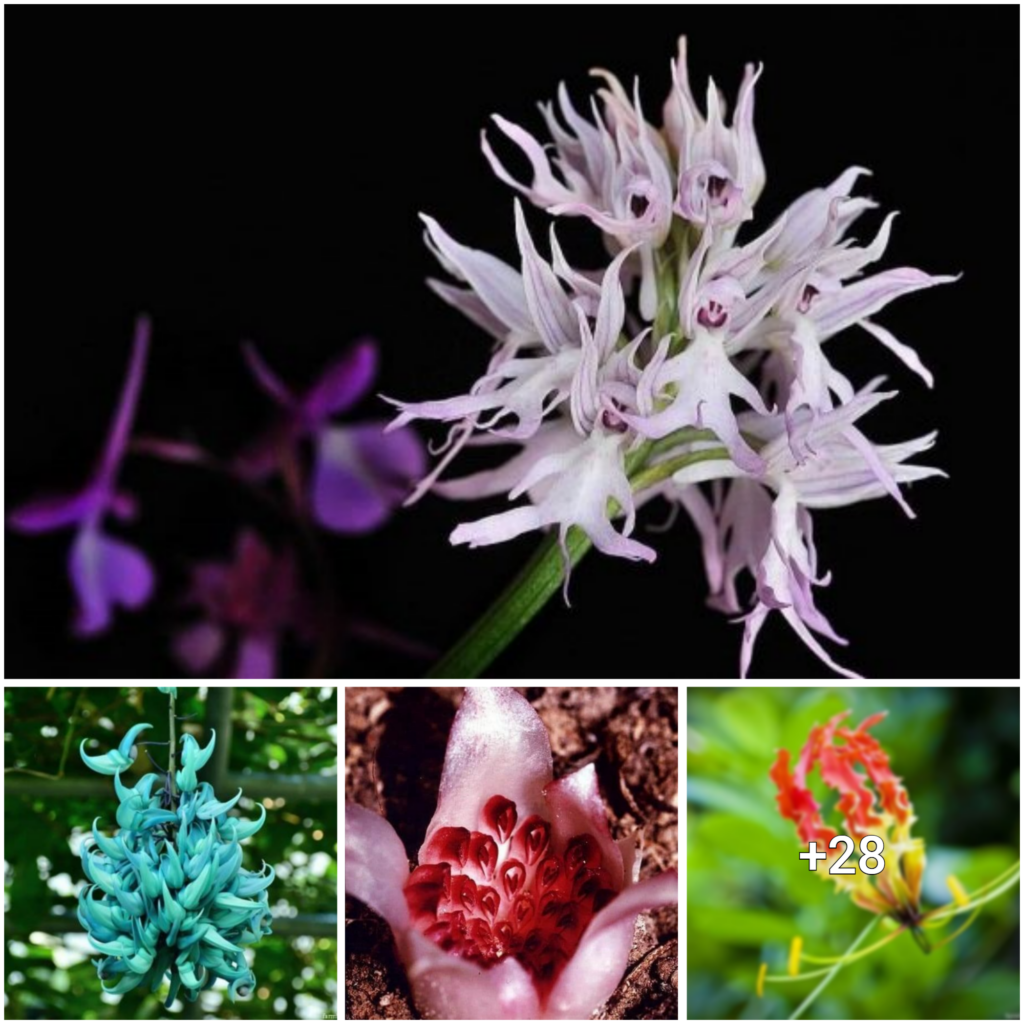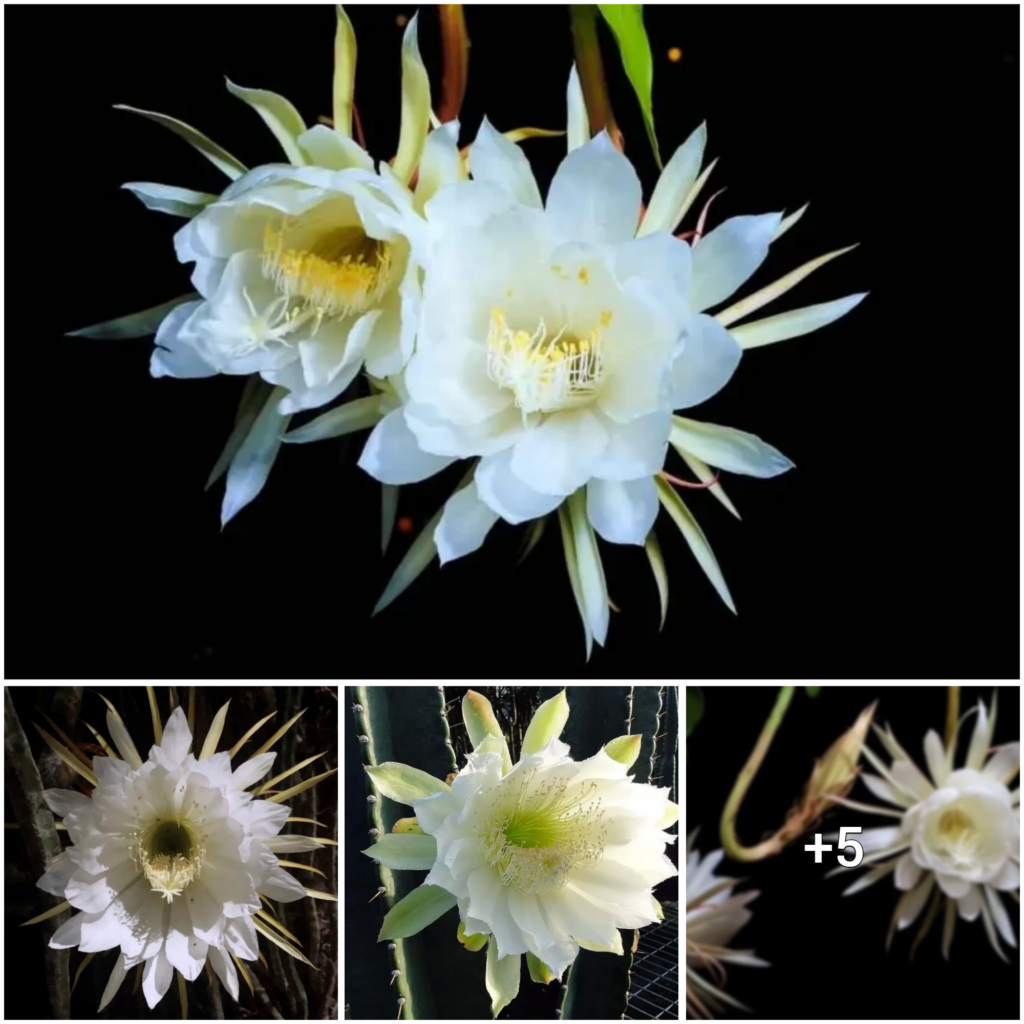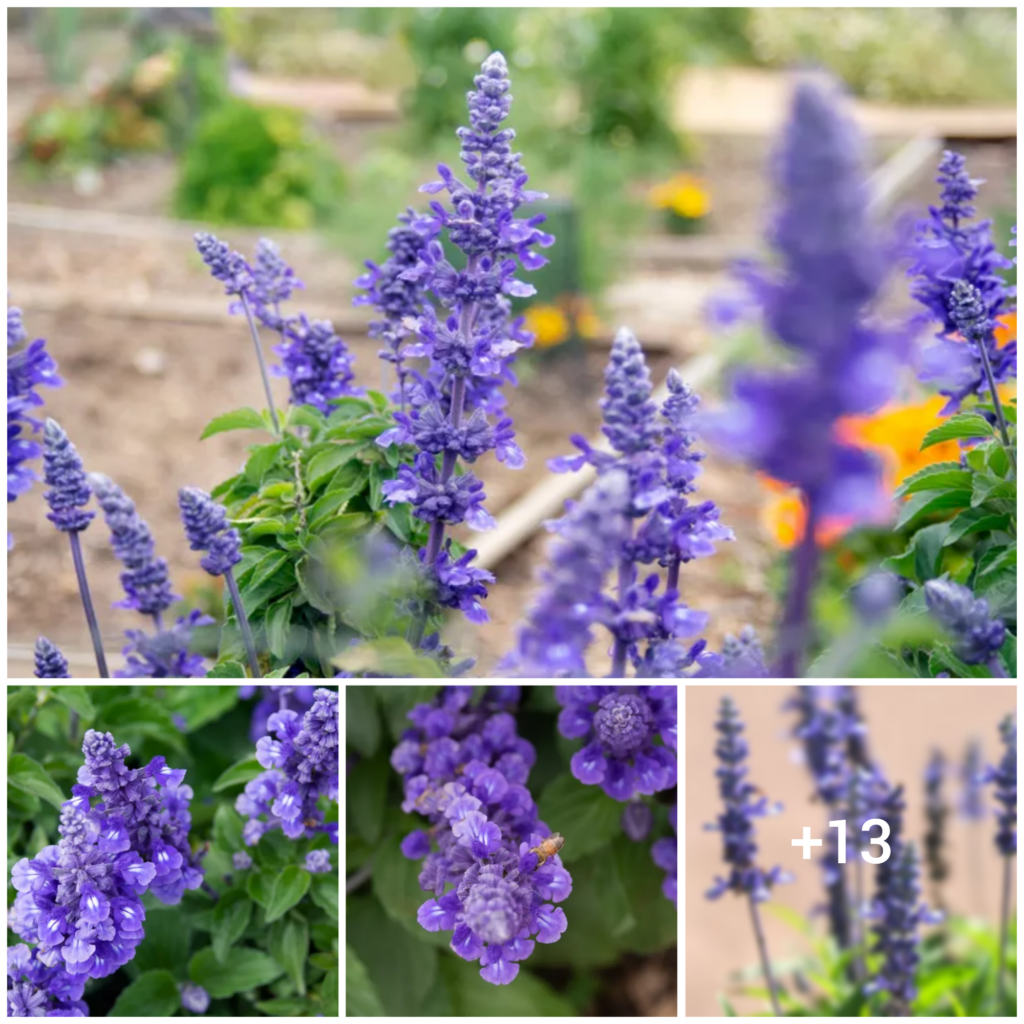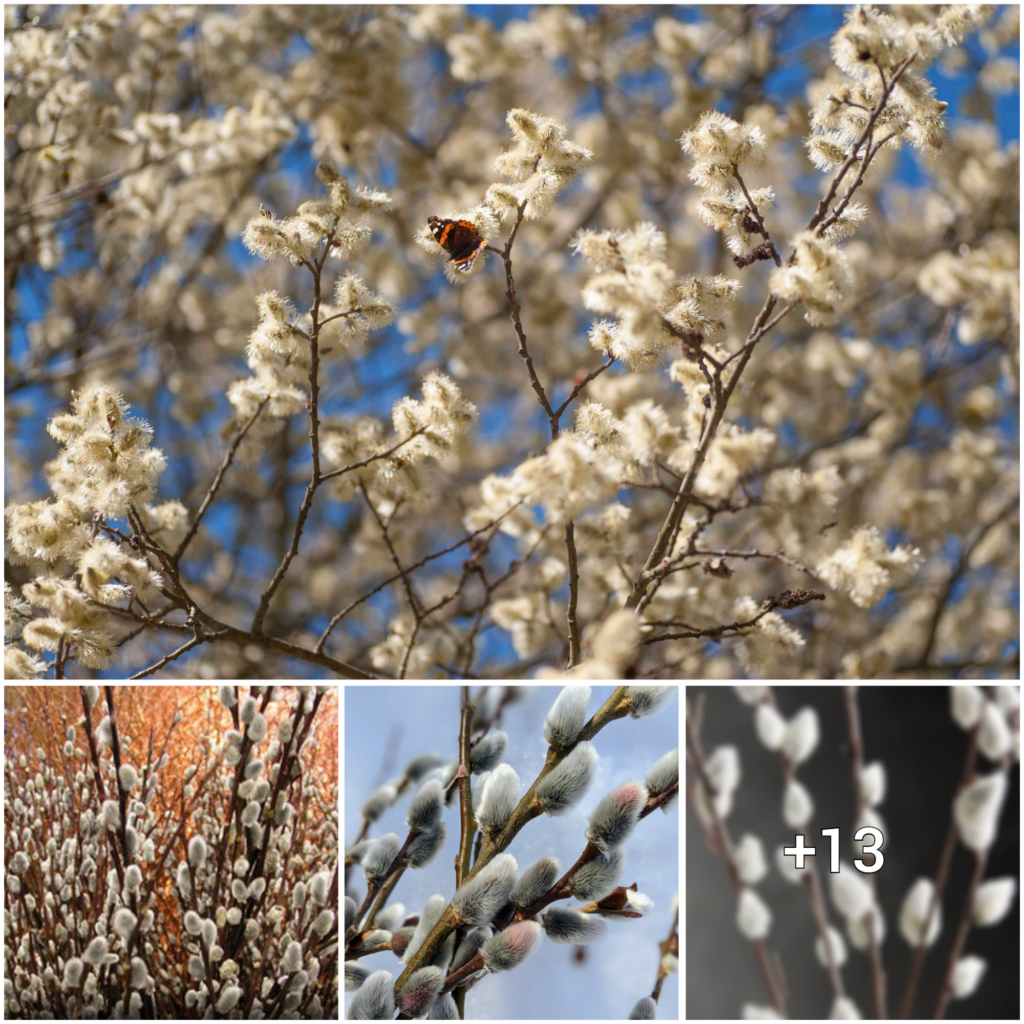During the late summer flowering season, the Haemanthus sanguineus blooms with striking blood-red flowers that catch the eye. Its magnificent leaves are equally impressive during the winter growing season, adding texture to any landscaped area.
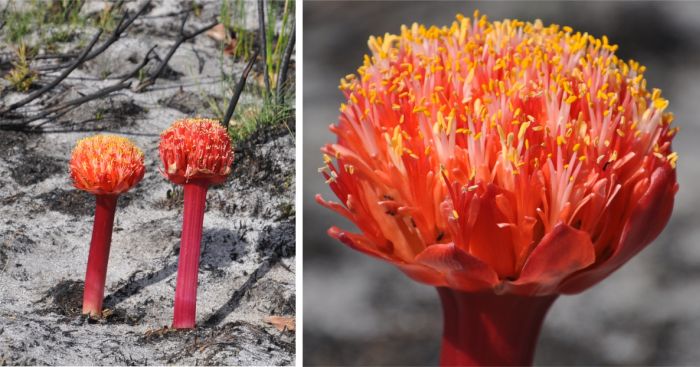
The Haemanthus sanguineus is a bulb that blooms during winter and loses its leaves before reaching a height of 300 mm. Its bulb has an oval shape with thin layers of yellow or white scales, measuring between 40 to 100 mm in diameter. This plant produces two green leaves that are tough and flexible, measuring between 80 to 400 mm long. They typically have red, cartilaginous borders and are circular to broadly oblong in shape. These leaves are found lying flat on the ground, just above the soil surface.

The Haemanthus sanguineus plant features a pink to red rounded inflorescence on a plain red peduncle, which emerges before the leaves. Its many flowers are densely packed into the inflorescence surrounded by tough floral bracts, blooming from late summer to autumn (usually between January to April). The stamens are long and carry yellow pollen, while the plant also bears fleshy berries that turn pink or red, holding a few reddish-brown egg-shaped seeds. Some confuse this plant with H. coccineus, but it differs with its leathery leaf margin and unspotted peduncle. The floral bracts of H. sanguineus are smaller, allowing the flowers to jut out above them, whereas those of H. coccineus are larger, covering the flowers. Haemanthus sanguineus is mainly found in the southwestern areas of the Western Cape towards the southern Eastern Cape, growing in rocky outcrops. It prefers well-drained sandy and loamy soils but can also withstand clay soils, thriving in full sun, often under the shade of shrubs. This plant is widespread throughout Waboomveld, Succulent Karoo, Fynbos, and Renosterveld veld types.
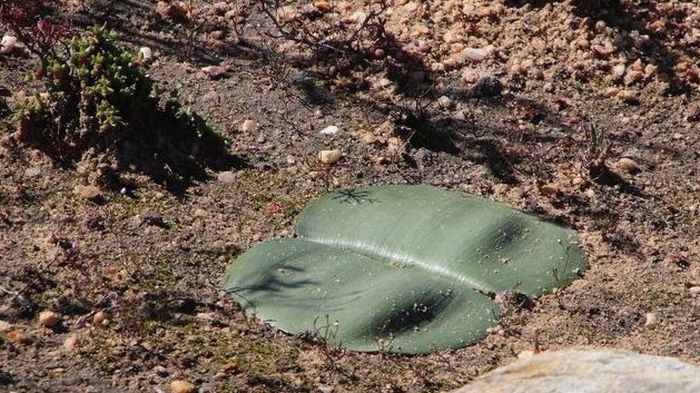
The Amaryllidaceae family has 22 species in the Klein Karoo, including Haemanthus sanguineus. The name “Haemanthus” comes from the Greek words for “blood” and “flower,” alluding to the red color of the perianth and floral bracts of many species in the genus. “Sanguineus” means “blood-red,” referencing the hue of the flower heads. N.J. Jacquin described and depicted H. sanguineus in 1804, and J.B. Ker Gawler published it as H. rotundifolius ten years later. However, it was later placed under H. sanguineus by D. Snijman in 1984 after being widely known by the former name.
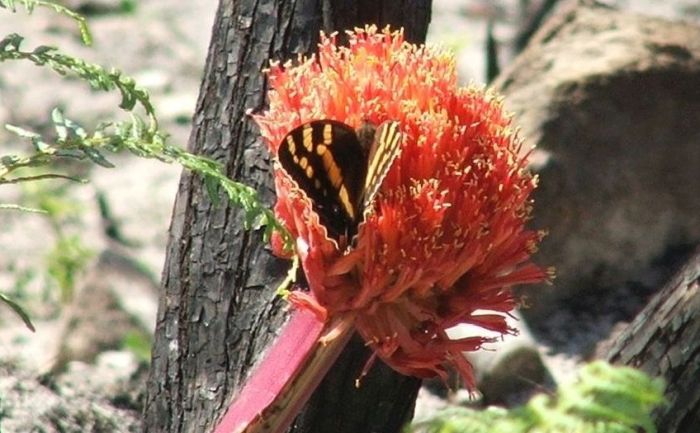
The Haemanthus sanguineus is a flower that attracts various insects and sunbirds, making them the primary pollinators. Additionally, the Mountain Pride butterfly (Aeropetes tulbaghia) has been observed feeding on these flowers. After a couple of weeks, fleshy seeds covered by a thin skin develop, with many dropping near the mother plant. Interestingly, tortoises have been witnessed consuming the red berries, but since they cannot digest the seeds, they excrete them in their droppings. This leads to seed dispersal and germination. However, it is important to note that the seeds have a brief period of viability and will only germinate immediately after being excreted.

The Haemanthus sanguineus plant is well-suited for a climate with winter rainfall and can endure prolonged periods of drought. These plants possess large bulbs that store food, enabling them to survive during the inactive summer season. In autumn, fresh green leaves sprout, which grow during the rainy winter season and eventually fade away in spring or early summer, when the plant becomes dormant again.

The Haemanthus sanguineus plant has a unique characteristic of blooming abundantly after a fire has ravaged through the area. This flowering phenomenon can be observed a few weeks after the occurrence of fires. The Haemanthus sanguineus plant is an ideal addition to rockeries and water-wise gardens, as it adds vibrant colors during the late summer season. Although this species doesn’t have any cultural or medicinal significance, its relative, the Haemanthus coccineus plant, is known for its ability to heal bruises, sores, sprains, and asthma.

Haemanthus sanguineus, a water-wise plant, can be easily grown from seed. To do so, sow the seeds in a mixture of coarse river sand and well-decomposed, sieved compost as soon as they are ripe, keeping them moist but not wet. These plants make great additions to rockeries or display areas during their flowering season and can also be grown in large containers. For optimal flowering, place them in full sun with high light intensity and burn a layer of dead twigs and leaves on the bulbs in late summer. During active growth, water adult plants once a week and stop watering during the summer dormancy period to avoid rotting or lack of flowering. Hand-remove Amaryllis caterpillars and snails that may attack the leaves and peduncle of the flower.

